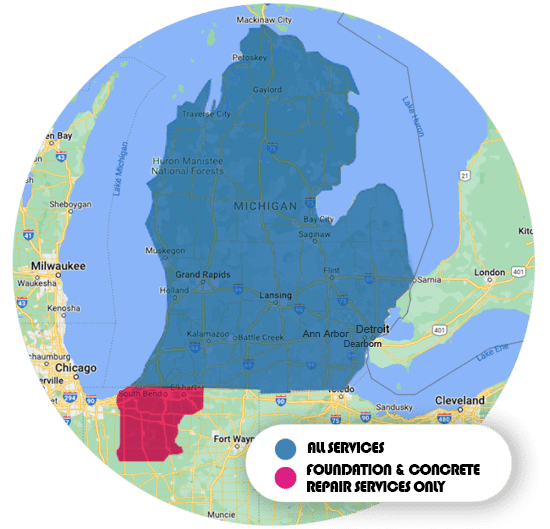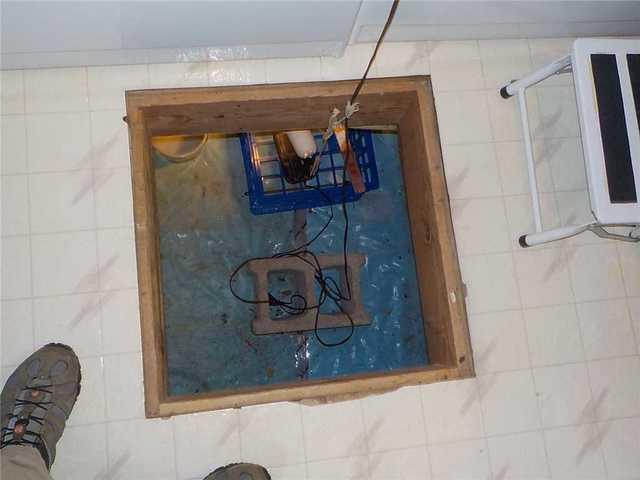
Crawl Space Entrance is a Tight Fit
Entrances like this are commonplace and also explain why many people never venture down into their crawl spaces.
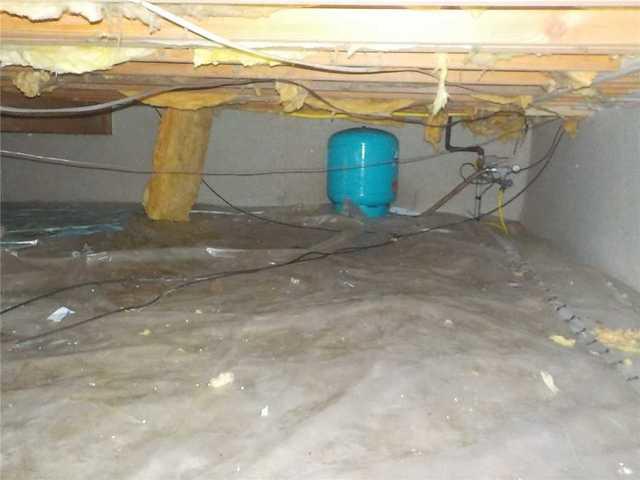
Musty Crawl Space in Cedar. MI
This crawl space is crumbling due to ambient moisture. The plastic liner on the ground isn't an actual barrier, so water is still affecting the beams and insulation, causing them to mold.
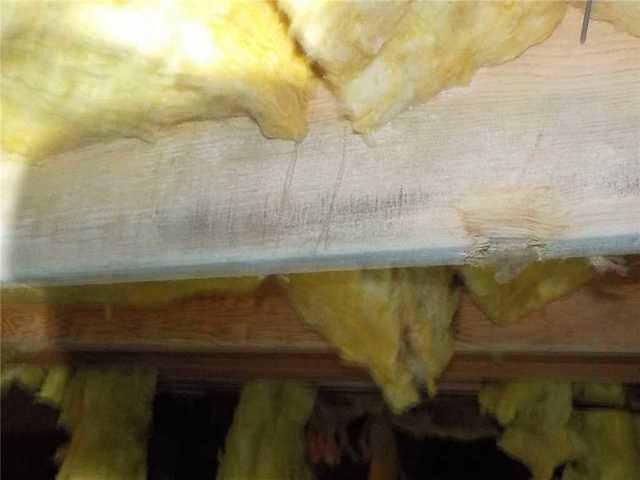
Mold on Support Beams
All mold needs in order to grow is moisture and organic material, like these wooden beams. Over time, the mold can degrade the beams past the point of safety, threatening the integrity of your home.
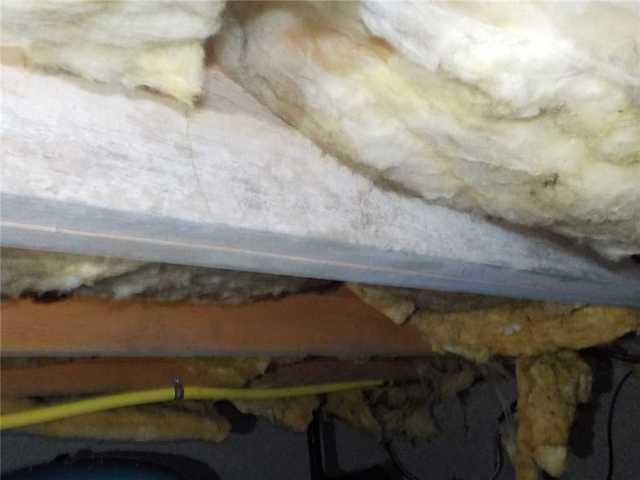
Moldy Beams and Insulation
Mold growing on beams and insulation in wet crawl space. Fiberglass insulation is a bad choice for crawl spaces because it can harbor mold and will absorb water until it's too heavy to stay up, eventually falling and leaving the crawl space unprotected.

Pool Liner Doesn't Do the Trick
People use many types of plastic sheeting in place of a true vapor barrier, hoping it will do the trick. But to protect the crawl space you need true encapsulation.
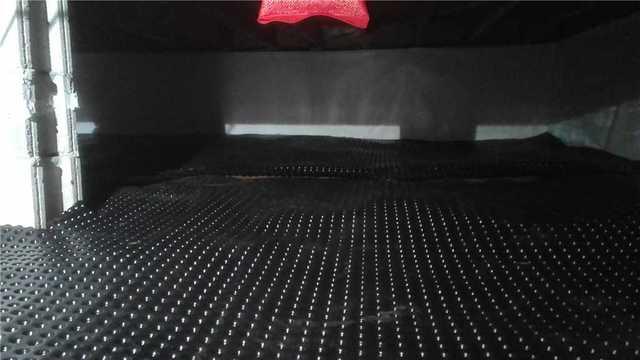
Drainage Matting Allows Water Movement
The dimpled surface of the drainage matting that is installed before the CleanSpace creates just enough of a space for water to move easily to the sump pump.

Smart Sump Pump Discharges Water Efficiently
By installing a sump pump in the crawl space, we can ensure quick removal of any incoming water.
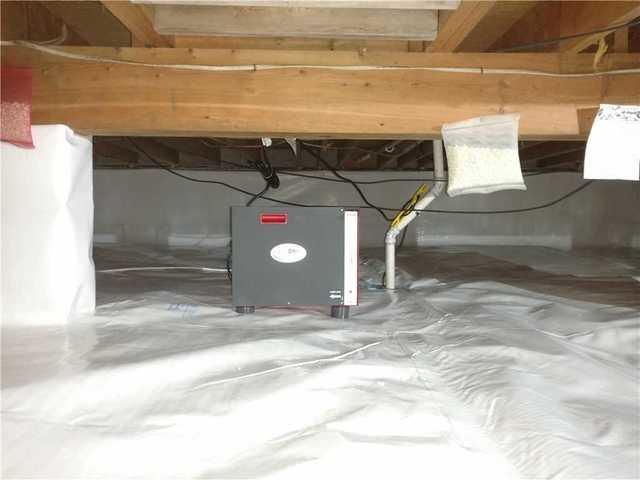
SaniDry Sedona Keeps Humidity Down
The SaniDry Sedona dehumidifier is small but powerful, and will keep ambient moisture in check to prevent mold and mildew in this crawl space.
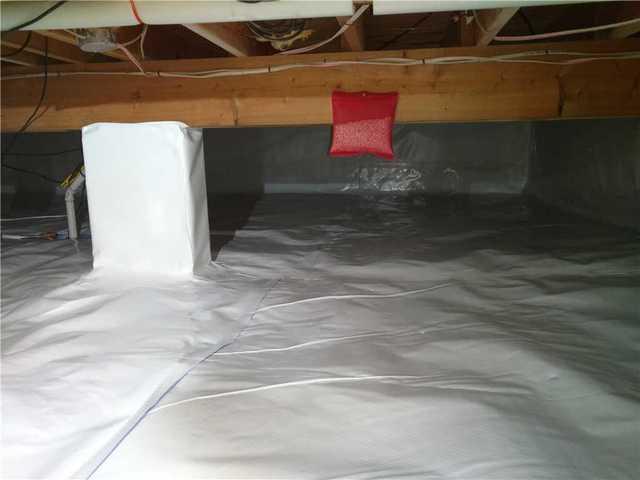
Wrapping Piers for Extra Protection
In addition to the walls and floor, we use CleanSpace on support piers to protect them from moisture.

CleanSpace Creates Clean, Dry Space
Instead of a musty, dirty crawl space, this home now has a clean, protected space that won't cause any problems.
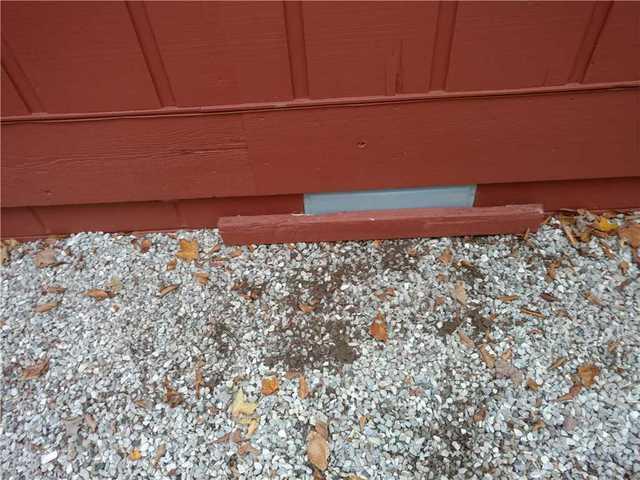
Covering Vents
Crawl Space vents are a huge source of water and debris in a crawl space. Covering them is the only way to ensure protection.


